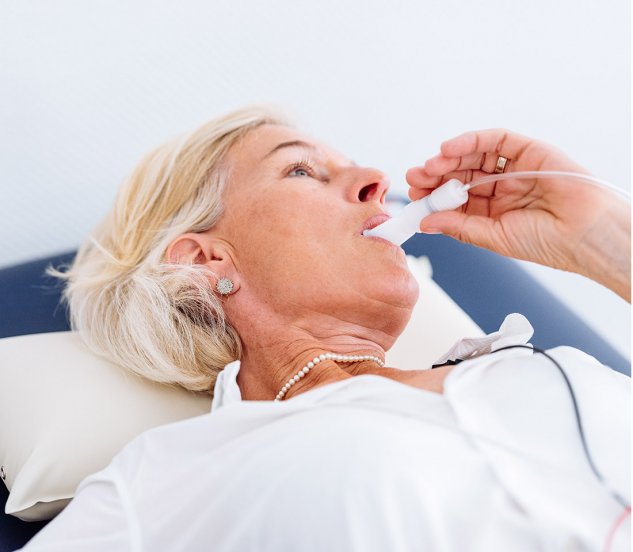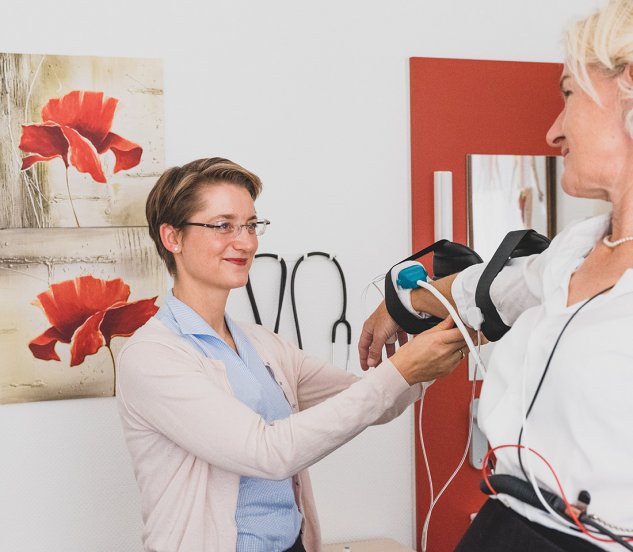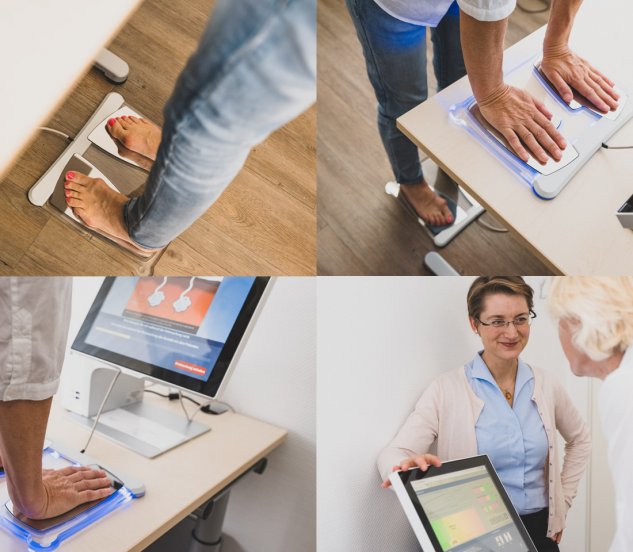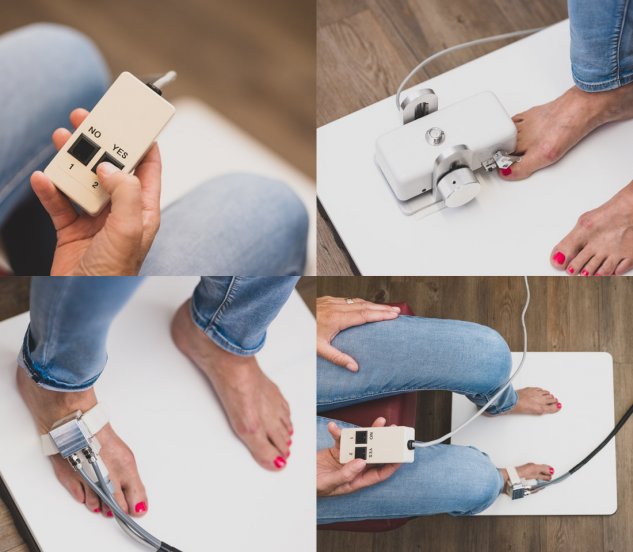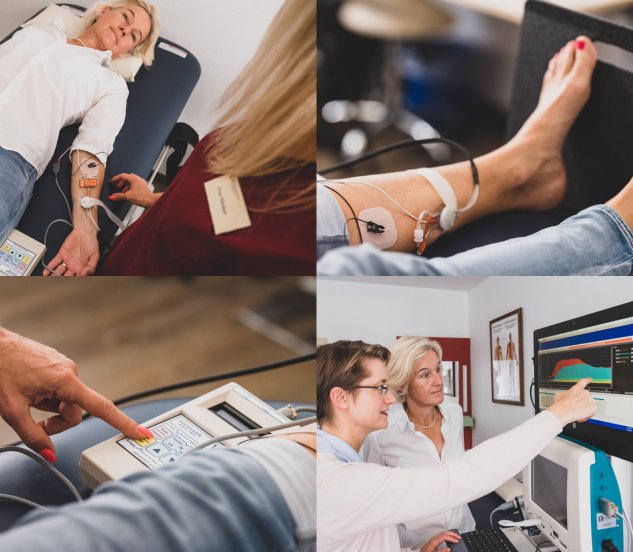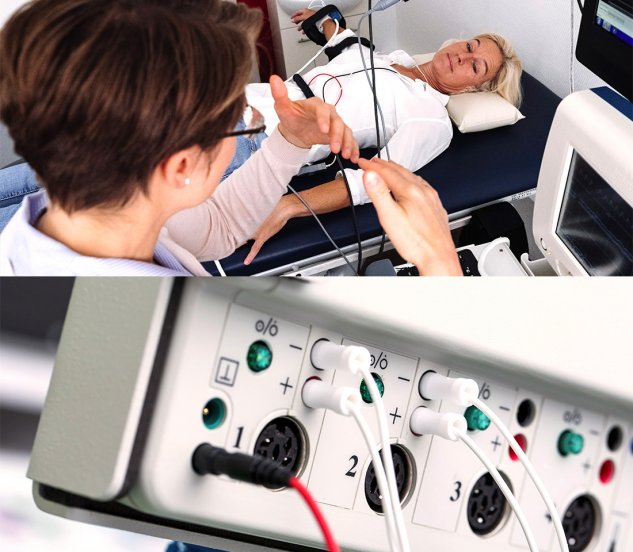Autonomic function testing
What should I consider before the examination?
If possible, medications that may affect the cardiovascular system should not be taken within 12 hours prior to autonomic diagnostics. Please discuss with your doctor what medications are. In addition, you should not eat for at least 6 hours before the examination. On the morning of the examination, please refrain from using caffeinated drinks such as tea, coffee and cola, as well as alcohol and smoking. Wear comfortable clothing and sturdy shoes for examination. Please do not wear any support stockings or corsets in the morning if you wear them in everyday life. Discontinue the exam if you have a severe infection, fever, or hypoglycaemia on the day.

„You have questions about ANS Clinic or would like to make an appointment? I'm happy to help.“
Prof. Dr. Med. Christina Haubrich



